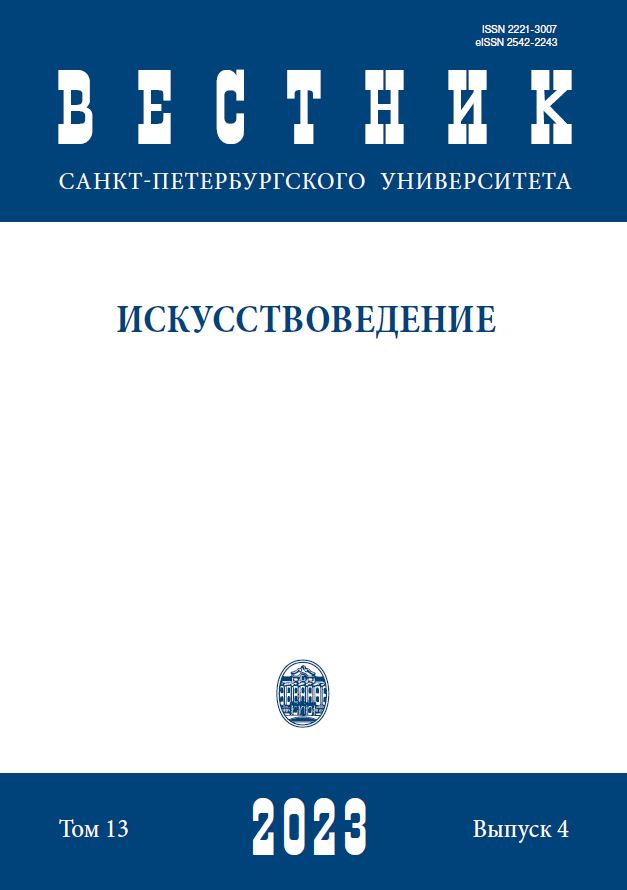Can Orchestration Teaching be improved?
DOI:
https://doi.org/10.21638/spbu15.2023.401Аннотация
The fundamentals of mastering orchestration are a well-grounded knowledge of the instruments, their mechanics, techniques, and their phenomenology. To succeed in instrumentation and orchestration praxis, students must commonly 1) massively memorize examples of successful orchestration available in treatises on orchestration; 2) analyze as many as possible orchestral scores, and 3) orchestrate excerpts proposed by their instrumentation teachers. We aimed to conduct an exploratory study to detect possible voids in orchestration teaching. For this purpose we recruited 16 participants for this aim. Eight were Music Pedagogy students in their senior academic year, and the other eight were Composition undergraduates. The participants of the Pedagogy group completed one course in instrumentology, while the composers-students had a background of at least one course in instrumentation. Due to the differences in training, Pedagogy students instrumented an excerpt from a song by Ibert, and Composition students orchestrated an excerpt transcribed for piano from “Romeo and Juliet” (overture-fantasia) composed by Tchaikovsky. Also, we asked the participants to write down all their decisions and choice-making during the task to obtain more information for a deeper insight. As a result, we observed that the participants of both groups showed poor performance and low-quality products, except for those who conducted large ensembles. Both groups presented relevant similarities concerning orchestration-related concepts and procedures. Therefore, we can conclude that the general trend of the handbooks on instrumentation and orchestration is to work from a prescriptive model. We attribute the low-quality results of the composers’ group (comparable to non-composers) to the quantity of information to be integrated into the frame of such a model. Rimsky-Korsakov inaugurated the transition to a nomothetic model concerning the tembrotechnonic musical structure. But still, major understanding must be achieved regarding the timbre.
Ключевые слова:
general rules, instrumentology, instrumentation, orchestration, pedagogy, Gestalt, musical analysis, prescriptive model, nomothetic model, polytimbral texture
Скачивания
Библиографические ссылки
Загрузки
Опубликован
Как цитировать
Выпуск
Раздел
Лицензия
Статьи журнала «Вестник Санкт-Петербургского университета. Искусствоведение» находятся в открытом доступе и распространяются в соответствии с условиями Лицензионного Договора с Санкт-Петербургским государственным университетом, который бесплатно предоставляет авторам неограниченное распространение и самостоятельное архивирование.






